Volunteers across the UK are tracking bumblebee populations through a national citizen science survey. But can their efforts help save one of Britain’s most threatened wild pollinators?
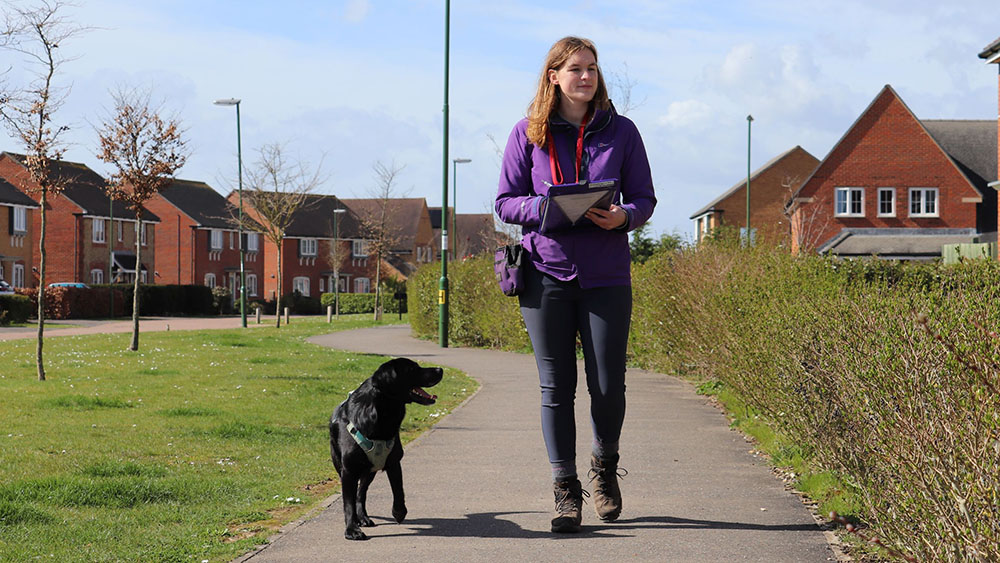
Most people pass by without noticing, but each month thousands of volunteers across the UK slow down their steps, carefully observing every bumblebee along their path. They are part of BeeWalk, a citizen science project run by the Bumblebee Conservation Trust.
Over ten years, these volunteers have created one of Britain’s most valuable ecological datasets, helping scientists track population trends and understand how different species are responding to environmental change.
“It’s the equivalent of having a thousand scientists out pretty much at the same time every month for ten years,” says Tom Bucher-Flynn, a project officer at the Bumblebee Conservation Trust. “It’s very powerful in terms of the data, and I think we’ve recorded our millionth bumblebee.”
Volunteers follow the same set transects once a month, recording the number of bumblebees they see. “A volunteer will go out and walk a transect, count the number of bumblebees once a month,” Tom explains. “It’s the same set transect, so we can compare across different months, across different weather patterns and what’s happening with our bumblebees.”
With thousands of participants across the country, BeeWalk offers one of the largest datasets on bumblebee abundance in the UK. “All together it proves a really valuable data set,” Tom says. “It allows us to compare what’s happening in southeast England to what’s happening in Scotland.”
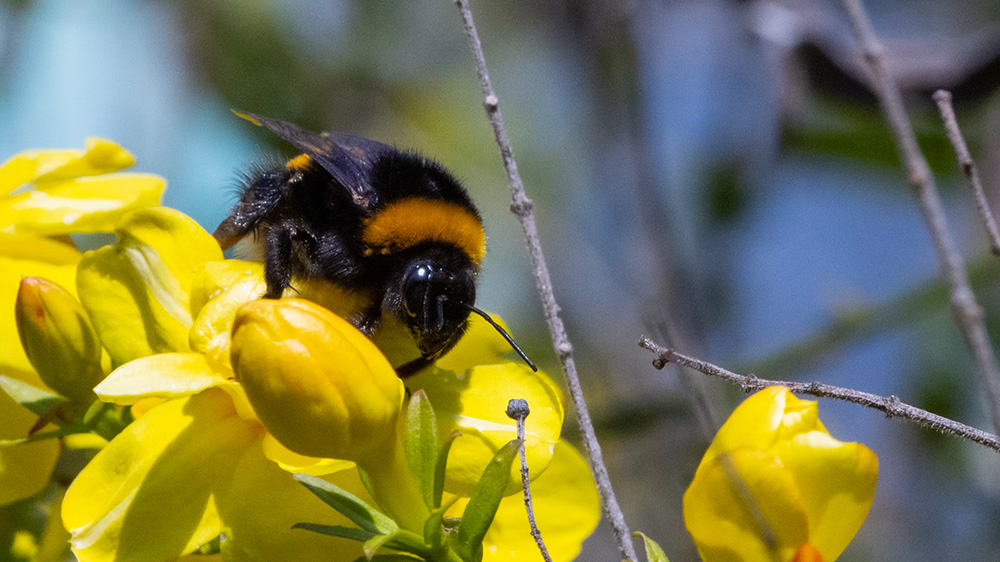
Last Saturday, a BeeWalk was held at Hendre Lake Park in Cardiff. Thirteen people joined the session and recorded several common species, including the buff-tailed bumblebee. “It’s still very early in the year for bumblebees,” Tom says. “But we saw a fair few, which is nice to see at this time of year.”
These walks are not only about data collection. For many, they offer a way to reconnect with nature. Tom believes public interest has increased since the pandemic. “Since lockdown, a lot of people are looking for a chance to be in nature,” he says. “They enjoy having an excuse to be outside and immersed in the environment.”
During the walk in Hendre Lake Park, Tom introduced participants to one of the rarer bumblebee species in the UK, the shrill carder bee. Recognised by its distinctive high-pitched buzz, it is a rare species that calls the park home, although it was too early in the year to expect a sighting. The event was a chance to help people recognise the species and learn more about its current conservation status.
He pointed out that the UK has 24 bumblebee species in total, including eight common species and six cuckoo bumblebee species, which lay their eggs in the nests of other bumblebees. The remaining eight species are considered scarce or in decline.
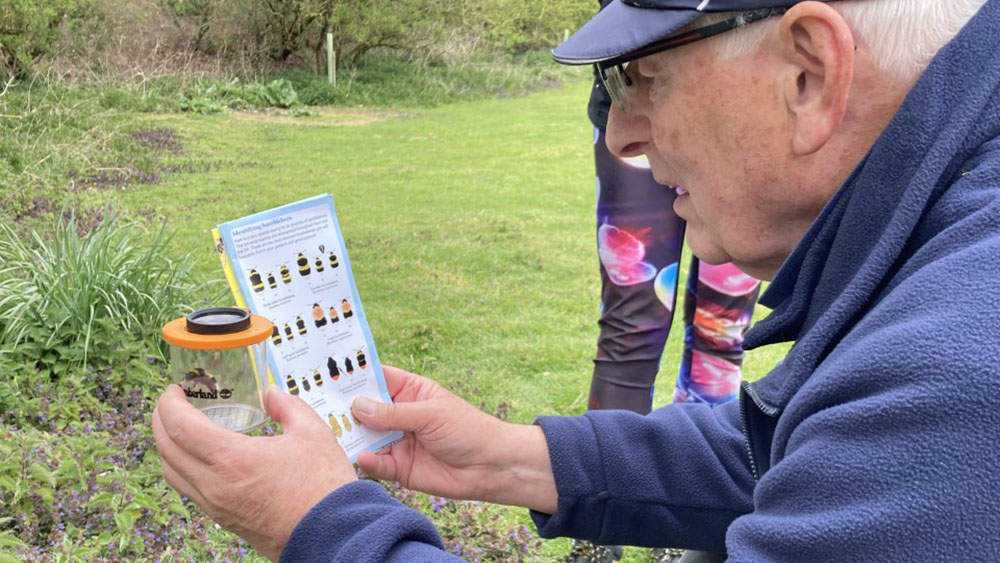
The shrill carder bee is one of them, and its range has decreased significantly over the past 50 years. As a result, it is now listed as a species of conservation concern.
Tom explains that its decline is linked to a combination of habitat loss, farming changes, and climate pressures. “It needs good nesting habitat, long tussocky grassland, and flowers available from when they emerge in May until about August or September,” he says. “It is a bee with kind of complex needs. Any break in the availability of flowers may be disastrous.”
In recent years, the weather has added more pressure. “Last year’s weather was one of the most extreme we’ve had,” Tom says. “Poor weather, pesticides, and habitat loss are all affecting bumblebees at the same time.”
To protect species like the shrill carder bee, the Bumblebee Conservation Trust is working with partners through Natur am Byth, Wales’s flagship species recovery programme. The project brings together nine environmental charities and Natural Resources Wales, and is supported by the National Lottery Heritage Fund, Natural Resources Wales, and the Welsh Government.
“We are working with landowners to better manage sites and restore habitats,” Tom says. “Some special sites of scientific interest are in poor condition or have been disturbed, so we are reviewing grazing and working to improve them.”
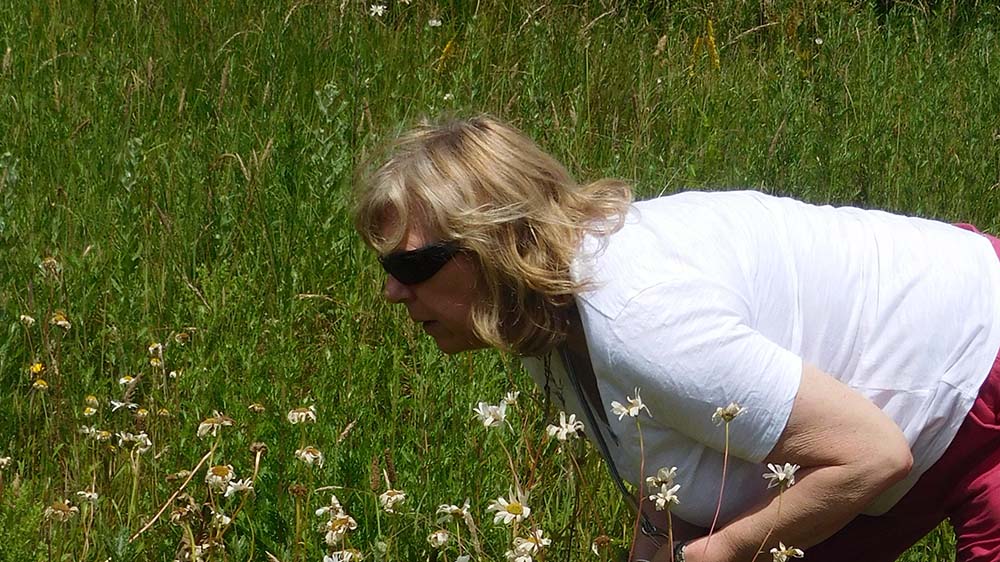
The Trust leads the conservation work for the shrill carder bee within this programme. The species now survives in only a few small populations, including three critical sites in South Wales: Pembrokeshire, the Gwent Levels, and Kenfig.
There has already been some success. In Kent, the Trust has been working for a long time through one of its team members, who has been engaging with farmers, restoring habitats, and monitoring shrill carder bees across the region.
“A colleague has been doing a lot of engagement work with farmers, improving habitat and monitoring shrill carder bees over Kent,” Tom says. “And last year, a shrill carder bee turned up in an area of Kent where it hadn’t been recorded since 2012. It was really good to see a species coming back to that area.”
Community groups and schools are also getting involved. In Newport, a local school has already started working with the Trust, and there are plans to expand the programme through the Bumblebee-friendly Schools Award. “Any school can join,” Tom says. “Teachers can find out what they need to do on our website.”
Volunteers remain at the heart of the conservation effort. Local groups like the Conservation Volunteers of St. Mellons help with habitat management and will also take part in monitoring. “We can’t implement all this conservation without the help of volunteers,” Tom says.
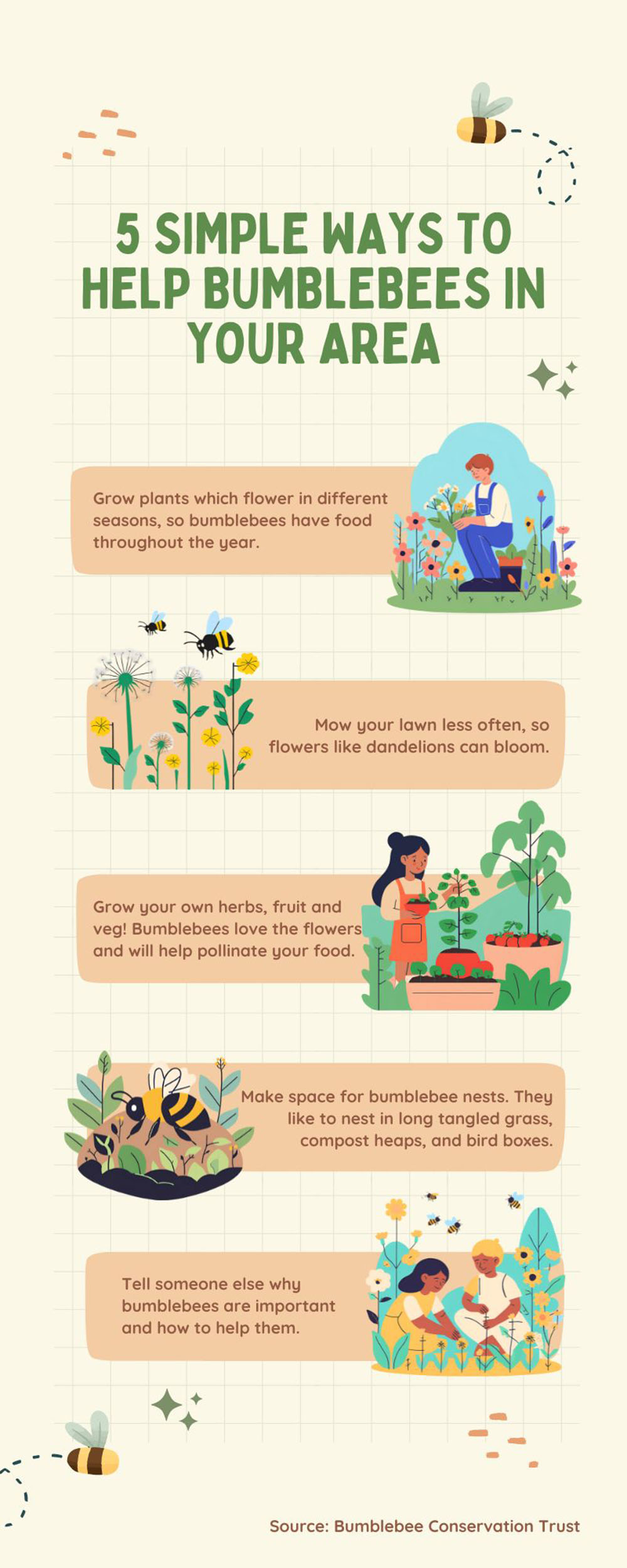
Individuals can also help from home. Leaving lawns unmown in spring, planting wildflowers, and providing spaces for nesting are all simple actions that support wild bees. “Sometimes it’s just as simple as not mowing your lawn,” Tom says. “Dandelions are really useful.”
Tom points out that while honeybees often receive more public attention, they are managed species, much like livestock. Bumblebees, by contrast, are wild, and they are the ones most in need of help.
“We really need to be fighting for the wild animals,” he says. “They’re the ones that really need help at the moment.”
“They’re excellent pollinators, and pollinators bring in about 350 million pounds per year to the UK economy. So financially, they’re very important. And we’ve only got 24 species of them, so we need to make sure that we fight to keep every single one of them.”
